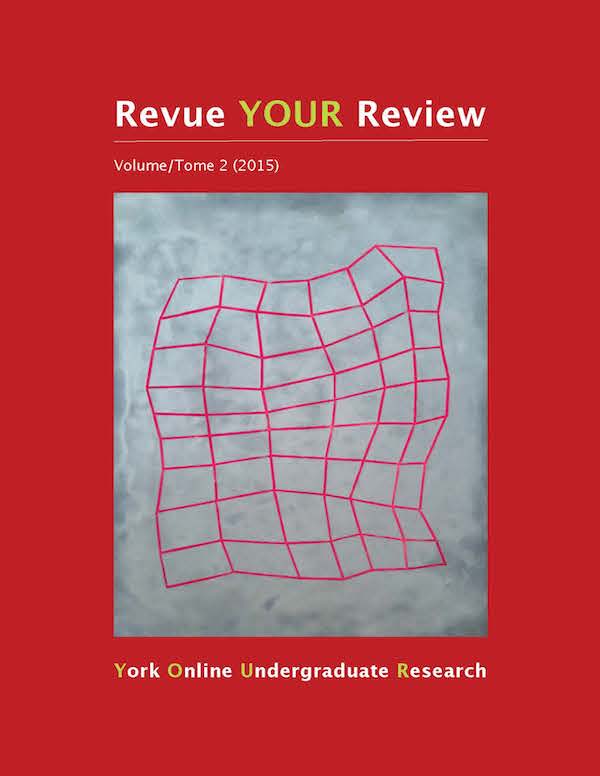Labour Relations in Canada in Light of Provincial Cleavages for Migrant Farm Workers
Abstract
Despite the Seasonal Agricultural Worker and Temporary Foreign Worker programs existing under federal legal jurisdiction, provincial authority encroaches upon many issues that are relevant to the lives of migrant workers. Policy areas like health, housing, and labour codes constitutionally operate under the provincial governments. The asymmetrical standardization of various jurisdictions exacerbates a huge cleavage in the Canadian human-rights regime in relation to migrant workers. Using an array of reports, which vary in their respective source bases from labour unions to academic and government publications, this paper examines inter-provincial differences in the aforementioned areas of issues to demonstrate that the federal/ provincial division of powers acts as an impediment for the development of rights for temporary migrant workers under the Seasonal Agricultural Worker Program and Temporary Foreign Worker Program. To advance this argument, this paper also illustrates how various provincial governments have interacted with the governments of Canada and Mexico to limit access to healthcare, housing, and collective bargaining. This paper then proceeds to promote the notion that in the absence of federal uniformity, the dispersed jurisdiction in these areas of issues allows the provinces leverage to experiment with different labour-relations regimes. This paper asserts that although provinces are given room to differ from one another, different provinces have attempted to systematically restrict the rights of migrants to housing, healthcare, training, and collective representation.
Downloads
How to Cite
Issue
Section
License
Authors contributing to Revue YOUR Review agree to release their articles under one of three Creative Commons licenses: Creative Commons Attribution 4.0 International; Creative Commons Attribution-NonCommercial 4.0 International; or Creative Commons Attribution-NoDerivatives 4.0 International. All editorial content, posters, and abstracts on this site are licensed under Creative Commons Attribution-NoDerivatives 4.0 International. For further information about each license, see:
https://creativecommons.org/licenses/
In all cases, authors retain copyright of their work and grant the e-journal right of first publication. Authors are able to enter into other contractual arrangements for the non-exclusive distribution of the e-journal's published version of the article (e.g., post it to an institutional repository or publish it in a book or in another journal), with an acknowledgement of its initial publication in this e-journal.


